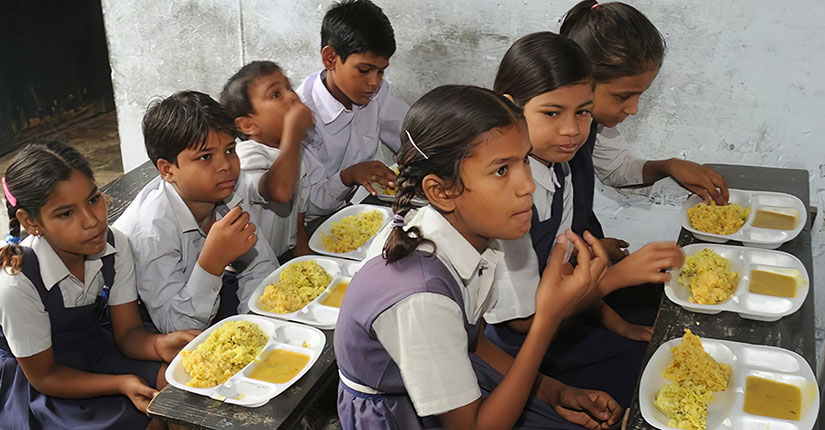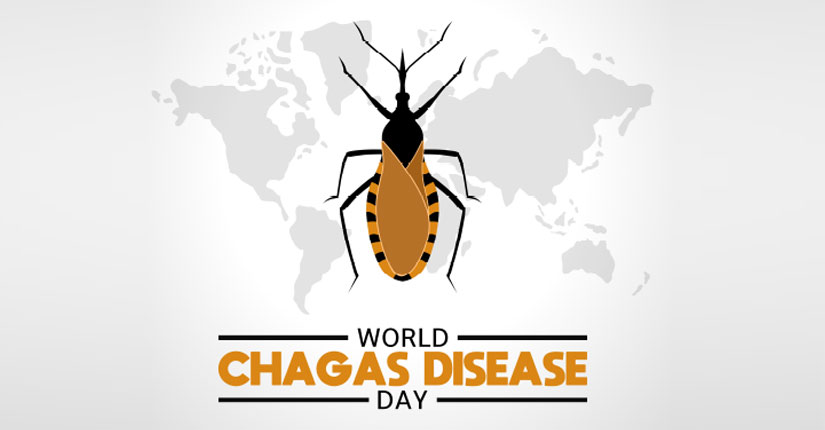Exposure to nutritious food, positive influences from peers and caregivers, skill development, and motivation are important to form healthy eating habits that are long-term. And schools play a major role in providing all these to the children from a very young age to adolescents. Certain moments inside and outside the classroom can become opportunities for children to learn about food systems, how they work and, how to develop changes to improve their own diets.
The food that is available to the children in and around the school is a major part of their diet and nutrition.
Here Are Ways United Nations Tweeted About:
In The Classroom- it has the capacity to make children aware of any more areas than just nutrition. A classroom can break down cultural, religious, and social barriers associated with food, among children. Food education also brings people together and enhances mental health. The school staff and teachers play an important role in educating children about healthy social behavioral practices of food such as reducing household vegetable food waste.
In The Canteen- school meal programs can support better quality and enjoyable diets for school children by ensuring that the meals provided are aligned with what is taught in the classroom, planning menus that promote procurement of nutritious and low input crops. Also, creating jobs and long-term training programs for processors, cooks, evaluators can empower sustainable practices for those who produce, process, and prepare such meals.
In The School Garden- when used as learning labs, school gardens can make children understand the connections between food, personal & community health, and the natural world. Children acknowledge the healthy relation of food with us by exploring seeds, soil, and water. They understand the importance of food and having a healthy planet through gardening practices, either at home or at school.
In The Media- children often imitate what they see. So, it is important to influence their choices through media by portraying healthy eating habits and the nutritional value of certain foods. If their home diet is lacking in variety, certain foods, or has lesser calories, such behaviors can also be influenced by marketing and advertising.
Education is the key to fostering healthy habits in children and adolescents as it can educate about food, together with a healthy environment. The food that is being provided must be healthy, nutritious, sustainable and most importantly it should provide positive values that get embedded in children for life long.
Footnote:
Children can easily learn what they observe, so it is important to teach and show them our relationship with food and the planet.





















